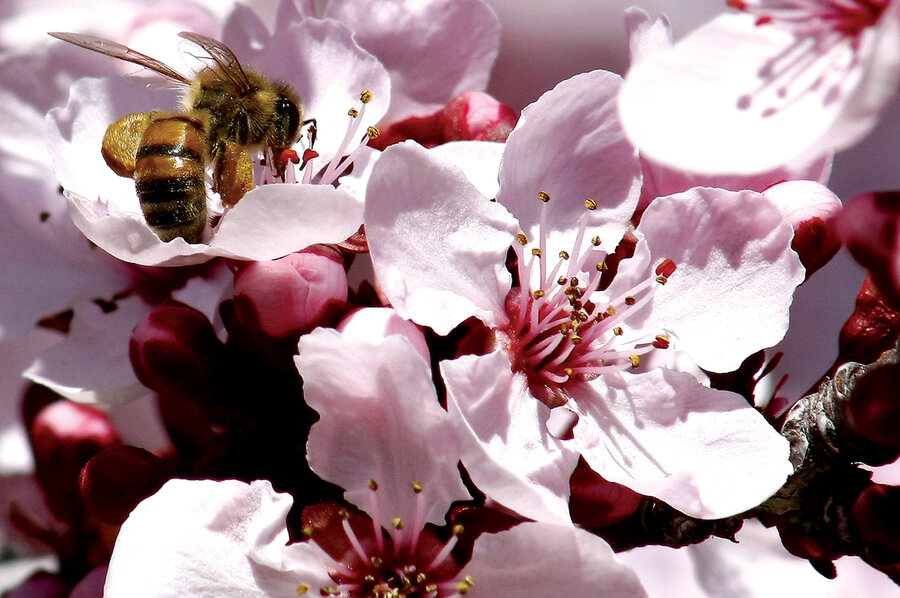Visions of unsugared plums
Loading...
Growing fruit trees is not for the impatient. They're generally sold as striplings and have to establish themselves before they can dedicate any energy to producing their first blossoms. This generally takes years.
But they're seductive things. When one considers the tasteless cannonballs that pass for pears and plums in the supermarkets, the desire to "grow one's own" is understandable. But what the testimonials in the seed catalogs ("My peaches were as big as cantaloupes and sweet to boot!"), often fail to mention is that fruit trees, like pets, require a lot of attention.
Thus it was that, five years ago, while holding a stone-hard plum at the supermarket and shaking my head, I decided to take matters into my own hands. I went to a fruit tree sale here in Maine and bought something called a Mount Royal plum sapling, whose fruit is described as "tender, meaty, sweet and juicy." What more could I ask?
The thing is, except for apples, Maine is not a particularly good state for tree fruits. I think it has something to do with the snow and cold, and a summer that seems to say hello and goodbye in the same breath. Be this as it may, I planted my plum tree, carefully tended it, and it began to grow without complaint. For the first five years, in fact, that's all it did. It leafed out, shot up, lost its leaves in the fall, and went to sleep in the winter.
"Where are the plums?" asked my then-11-year-old son as I stood looking at the thing. "Patience," I counseled. "Patience."
And then, last year, the Mount Royal's first gesture toward immortality arrived: a single white blossom, as delicate as a snowflake. I ran into the house and hauled my now-15-year-old out of bed. "Anton!" I commanded. "Get up! You won't believe this!" Overcoming his resistance, I dragged him in his bedclothes to the plum tree. "Look!" I exulted. "A plum flower!"
My son threw me a pathetic look, as if I were an object of pity. Then he went back to bed.
Now, my Mount Royal was supposed to be self-pollinating, but I wasn't going to take any chances with that solitary blossom pulling through on its own. Some neighbors of mine also had a plum tree, and it had blossomed profusely. And so, with cotton swab in hand, I marched down the street and gently dabbed the anthers of several blossoms with my swab. Carrying my precious cargo in a cupped hand, I returned to the Mount Royal and brushed the pollen onto the stigma at the very center of that noble blossom.
And then, like a father-to-be, I waited. Day after day. As if the fate of the world depended on the successful production of that one plum. And I fretted. Because, to kill time, I was reading a great deal about plums, having never known all that could go wrong. The short list included black knot, brown rot, plum pockets, shothole disease, stem decay, and something called phomopsis canker. Phomopsis canker!
I'm sorry to report that the fruit never set. The blossoms simply shriveled up and fell off. When I reported this to a local expert, his unscientific conclusion was, "These things happen." And then he put his hand on my shoulder, as if to say, "Pull yourself together, man."
But hope springs eternal. Early this spring, I stumbled upon a recommendation in a gardening book: "Dig some bone meal in." So I did. And lo and behold – a blizzard of blossoms.
I still don't know if I'll have any fruit this year; but if care and affection are any guarantee, I should be eating plums out of hand by August. My son's reaction when I told him this?
"We shall see."







